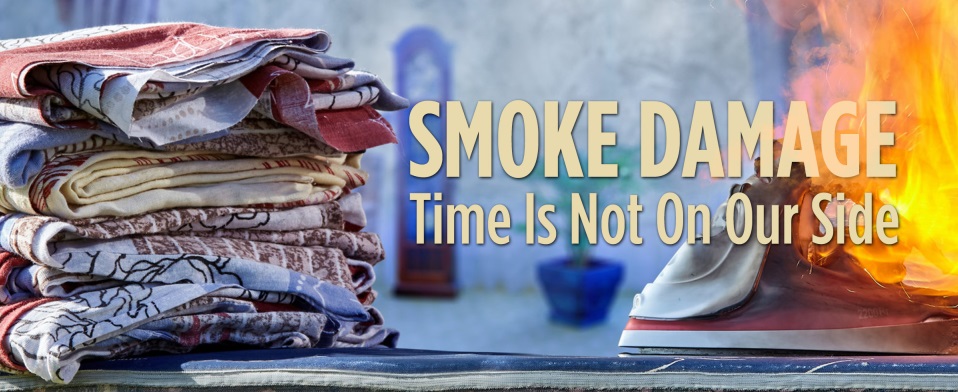Smoke Damage Time Is Not On Our Side
When the contents pros arrive at a home or office after a fire, there are many things they want to know.
For example, what kind of fire was it? Was it an oily, greasy kitchen fire? Or was it a high heat (paper and books) type fire? Did plastics burn? Was water used to extinguish the fire, raising the humidity to an extraordinary degree, causing the wood to open up, pulling in smoke odors and soot particulates?
When smoke and water mix (even in the air), it forms corrosive substances, so the pros need to get electronics and small appliances out of that environment. Soft metals need to be coated with special petroleum substances to keep the acid from tarnishing them.
Smoke flows like water and attaches to just about everything it encounters, down hallways, into the HVAC system, under dishwashers and stoves, behind refrigerators and into the fabrics of couches and beds.
The contents pros have numerous solutions to reverse this process – even outside the normal techniques such as ozone or hydroxyls. Now there are fogs and mists that can follow wherever smoke and soot have gone in order to neutralize them.
Without such solutions, smoke odors can recur months down the line and for years to come. More than one source points out that there are records in the U.S. National Archives which survived the 1906 San Francisco fire, but over 100 years later still smell strongly of smoke odors.
Smoke damaged bedding, furniture, books, cookware, clothing, fine china, crystal, teddy bears and much more can be restored by well-trained, well-equipped contents specialists. But time is not on their side. They must be allowed on site as quickly as is practical. Soot residue can quickly damage surfaces, sometimes within minutes, then continues for days and even weeks. Time is of the essence.

